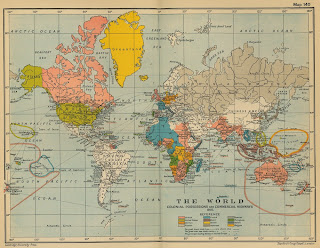
A Checker taxicab, a conductor’s (OK, not just any conductor but Leonard Bernstein) baton, the blue-and-white Greek coffee cups and the elevator safety brake. A subway token and a mastodon tusk. Inspired by the British Museum’s ”A History of the World in 100 Objects,” The New York Times recruited historians and curators to identify objects that embody the narrative of New York City. Now they’re expanding that list into a book and need your help!
The museum’s ”History of the World” was limited to objects in its own collection. We have no limitations, except that when we asked readers for their suggestions, we probably should have defined “objects” more specifically. Readers suggested a number of people (former Mayor Edward I. Koch, among others) and some things like Central Park, Grand Central Terminal, Kennedy Airport, the Statue of Liberty and the Empire State Building and the Unisphere, which wouldn’t fit in a museum.
Readers recommended the subway token (substituted for a NYC MetroCard), Bella Abzug’s hat, and a hearty helping of food, from pizza slices (triangular and square)- egg creams (made with Fox’s U-bet chocolate syrup)- pastrami sandwiches- Mello-Rolls and other ice cream treats- seltzer bottles- Ebinger’s blackout cake- the cream-cheese sandwiches at Chock Full o’Nuts- plantains- cheesecake from Junior’s and Lindy’s- Charlotte russes- a pickle barrel- and hot dogs from Nathan’s and from carts under the ubiquitous blue-and-yellow Sabrett umbrellas.
Only a few symbols summon the city more immediately than the ”I love NY” logo, designed by Milton Glaser in 1977 for a state campaign to spur tourism, but does that qualify as an object? Also, we are looking for quirky, other-than-obvious objects that don’t just evoke New York, but that also could be used to tell the story of the city: A lottery wheel from the Civil War draft, a crack vial from the 1980s, the 1-inch-by-3 inch Delaney card, the visual attendance record invented by a Bronx teacher that, the reader wrote, ”held the power of life and death over a student” and Con Edison’s orange-and-white chimneys placed over manholes to allow steam to escape without scalding passers-by or obscuring visibility.
Any suggestions would be very welcome. Send them to Sam Roberts at The New York Times ([email protected]).
Details of mid-19th-century life come alive in the letters of a German immigrant, translated by Sigrid Wilshinsky and recently published as My Life in America Before, During and After the Civil War.







